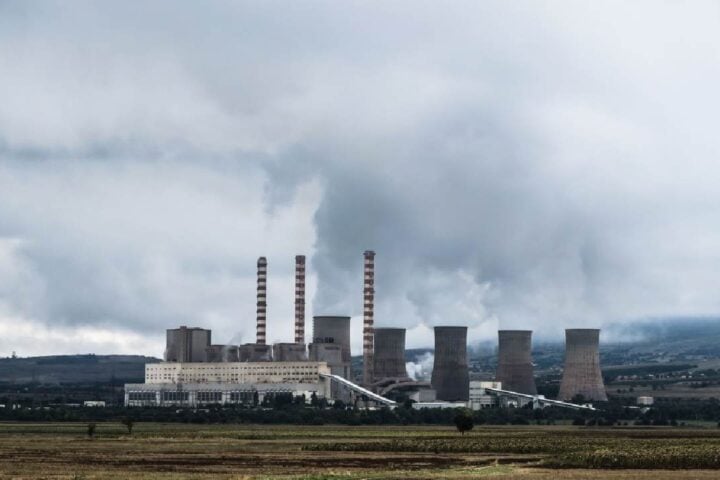Several Chinese research institutions led by Soochow University are collaborating to work on americium, a radioactive element that does not occur naturally. Americium is derived from the waste of nuclear reactors and is already used as a source of ionising radiation in fluorescence spectroscopy, ionisation smoke detectors, and can be used in futuristic nuclear batteries.
The study was published in the journal Nature. To generate energy from these batteries, researchers embed a small amount of americium in a polymer crystal that converts the element’s alpha radiation into green light, which falls on solar cells, generating electricity for decades. Unlike radioactive beta and gamma rays, alpha rays can be easily shielded with just a piece of paper, making them unhazardous to humans. However, the researchers in Suzhou are using quartz glass as the shielding material.
According to the team, the micro-nuclear battery has provided a constant supply of power for hundreds of test hours and would probably continue to do so for decades without interruption. The scientists observe that the new design is 8,000 fold more efficient than the previous one, but the energy load produced by these batteries is insufficient and would take millions of such batteries to just power a light bulb.
Similar Posts
A novel design of the nuclear battery was placed inside a millimetre-sized compact quartz cell, which will make it suitable for applications in confined spaces. The batteries were tested for 200 hours, demonstrating the production of a stable and high-efficiency power supply with minimal use of raw radioactive material.
Although Americium has a half-life of 7,380 years, the battery is expected to function for several decades as the internal components continue to degrade over time. The study has been conducted on a very preliminary analysis basis, and further extrapolation can certainly change the results quantitatively and qualitatively. What is noteworthy is that the batteries showed insignificant energy loss in comparison to conventional batteries.
Such devices are useful low-power devices like sensors that need to be operated unattended for longer periods, and recharging or replacing them is impractical and extremely expensive due to the high effort, especially when installed in ocean floors, remote mountain weather stations, or in space. The researchers suggest that, with further refinements, these tiny batteries could be used in small and remote devices, such as those sent on space missions.
For decades, scientists have been seeking ways to create small nuclear batteries that can power virtually any device, from mobile phones to robots and vehicles. However, the development of these energy sources has been hampered by the dangerous nature of nuclear material, regardless of their size and volume used.
This development represents a significant advancement in nuclear battery technology, offering the promise of a more efficient energy source for future devices that require a continuous and long-lasting power supply. Additionally, it has been widely discussed that they could also power future submarines and spacecraft.


















